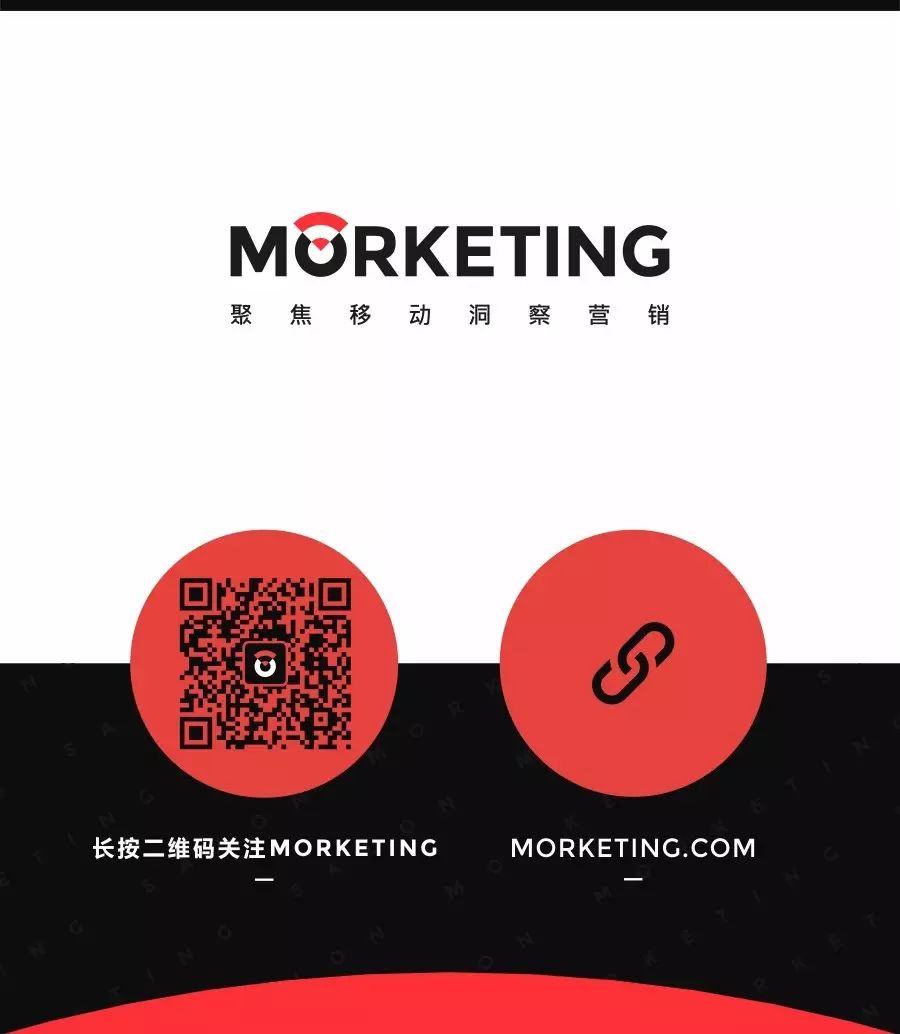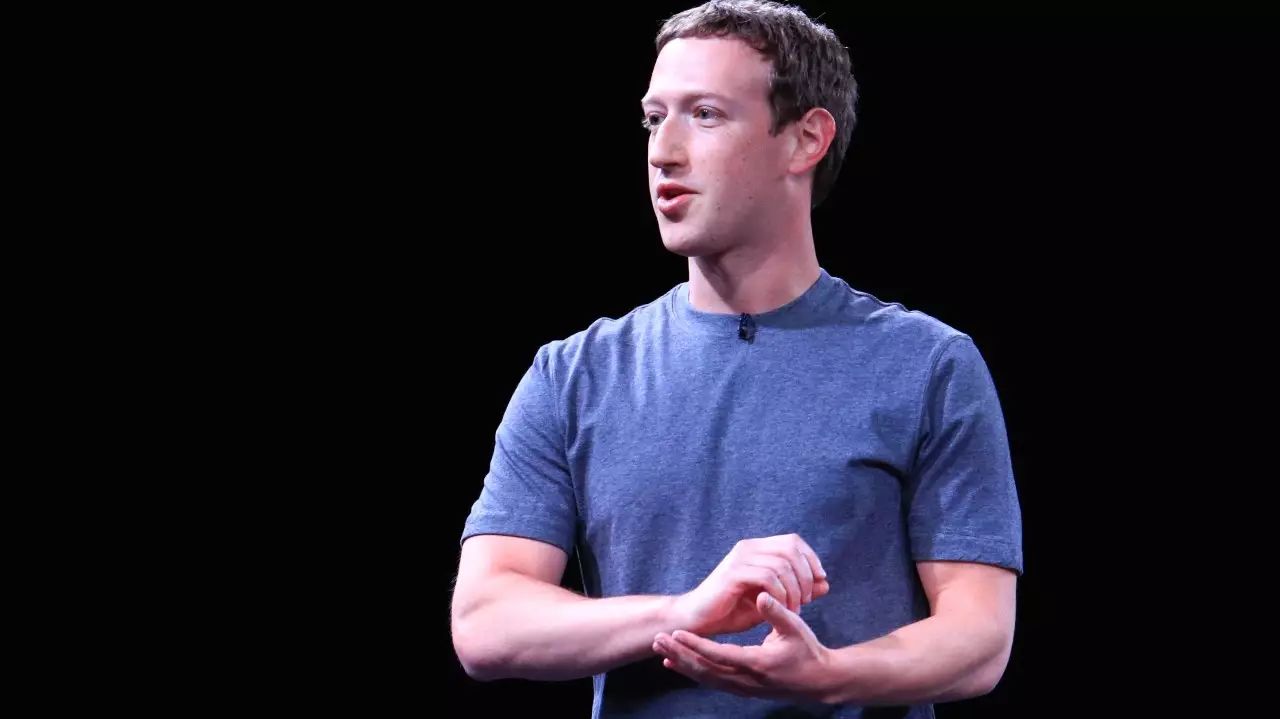
Facebook has been in fierce competition with Google in digital advertising. Before launching its own DSP product, Facebook already had the ad server “Atlas”, the SSP platform “LiveRail”, and the ad network “Audience Network”.
To observers, Facebook’s launch of its own DSP seemed like a natural progression, given its powerful audience targeting capabilities and experience, providing a real opportunity to challenge Google’s DoubleClick Bid Manager.
In the fall of 2014, Facebook relaunched the Atlas platform and began rebuilding its programmatic trading product.
Last October, the Atlas DSP project team started testing the DSP bidding product with large agencies, purchasing ad impressions from external trading markets, including Omnicom Group, Havas, and Merkle.
After six months of usage, it was finally time to announce the results.
In a surprising decision, Facebook has decided to discontinue this key project. Dave Jakubowski, the head of Atlas advertising technology, stated on the official Atlas blog that they will no longer develop a comprehensive DSP bidding product across all platforms, instead focusing more on promising areas such as native, video, and mobile.
Those who initially analyzed Facebook’s DSP were left stunned. Why couldn’t Facebook, which has been in digital advertising for years, make this work?
Dave explained the reasons in his blog post, quoting a famous saying in the advertising industry:
“I know that half of my advertising spending is wasted, but I don’t know which half.”
Although this saying is over 20 years old, today’s digital advertising still faces the same issue. The Atlas team attempted to identify what they saw as the largest source of waste in digital advertising: fraudulent traffic and ineffective banner formats.
In his article, Dave shared the testing experiences over the past six months: while testing the bidding system, Atlas connected to several trading markets and purchased traffic in various ad formats, ultimately leading to two main findings.
1. Facebook’s DSP product encountered an astonishing amount of low-quality ads and fraudulent bot traffic. Despite their filtering efforts, they were still shocked by the scale of worthless traffic.
2. Through investigating ad formats, they found that the only ad formats truly worth displaying were: native and video.
To further validate their conclusions, the Atlas team integrated the DSP into their own SSP—LiveRail, and the results were remarkably consistent. Even in their own trading market, nearly 75% of the traffic quality was poor. Thus, while busy shutting down the entry of low-quality traffic into LiveRail, Facebook also faced a dilemma; the team believed that if the bidding system indicated that these ads were worthless, from a contractual standpoint, they should not sell these ads.
What was even more frustrating for the Atlas team was that they found the fraudulent traffic they had abandoned reappeared in other ad trading markets, ultimately being purchased back by other DSPs.
So the question arose: should they follow the industry norm of buying and selling low-quality traffic, or prioritize quality and provide advertisers with ads that truly have commercial value?
Facebook chose the latter, believing that ad quality is key and the future.
Following this line of thought, after abandoning the comprehensive DSP product, Facebook found a new direction. The original blog post mentioned that this decision helped Facebook’s team to more carefully seek out “where the true commercial value lies.” Native ads, video ads, and mobile became the future in Facebook’s eyes.
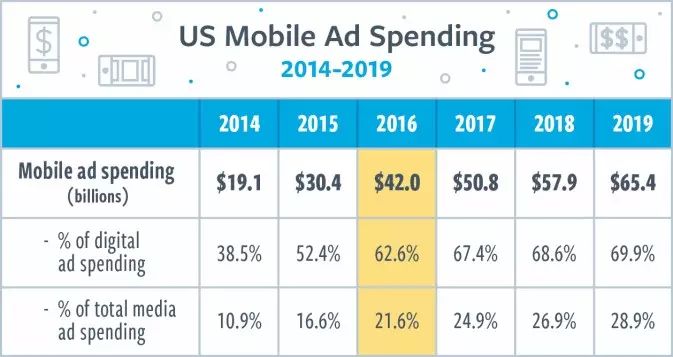
Source: eMarketer, 2015
As shown in the table, the proportion of mobile advertising is increasing year by year. Dave believes that many companies are still using outdated ideas and tools from the PC era to manage their advertising campaigns, and these outdated technologies do not adapt well to the current cross-screen marketing environment, leading to continuous waste of advertising budgets. Atlas can provide valuable services for advertisers in these areas.
Therefore, when Facebook chose to stop the PC DSP project, it launched three new tools aimed at helping advertisers adapt to the new marketing environment.
1: Offline Actions
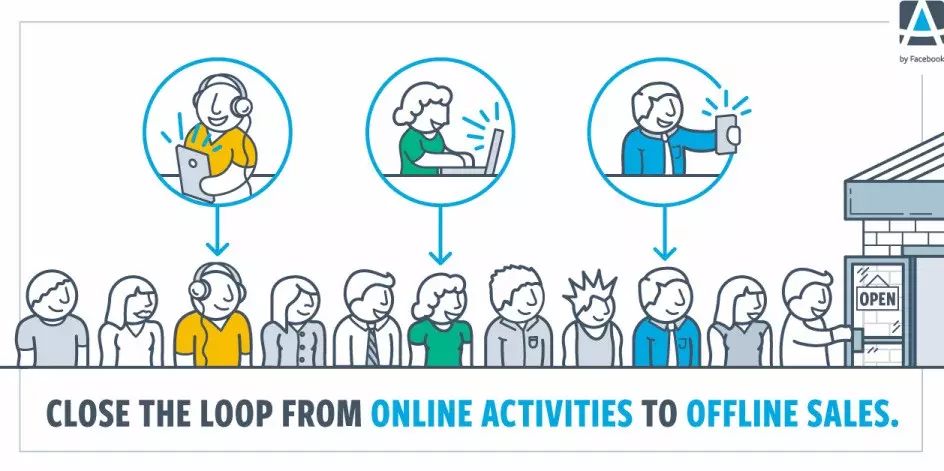
The Atlas team believes that currently, the vast majority of shopping still occurs offline (possibly due to the developed retail industry in the United States). If advertisers do not understand how digital advertising promotes offline sales, they naturally cannot fully appreciate the value of digital marketing.
Thus, the Atlas team developed a tool called Offline Actions, which unifies offline sales and online advertising spending, ensuring that every digital marketing investment yields the expected returns. Advertisers using Atlas can now upload point-of-sale (POS) data into the tool to observe in real-time how their online ads boost offline sales.
2、Path to Conversion
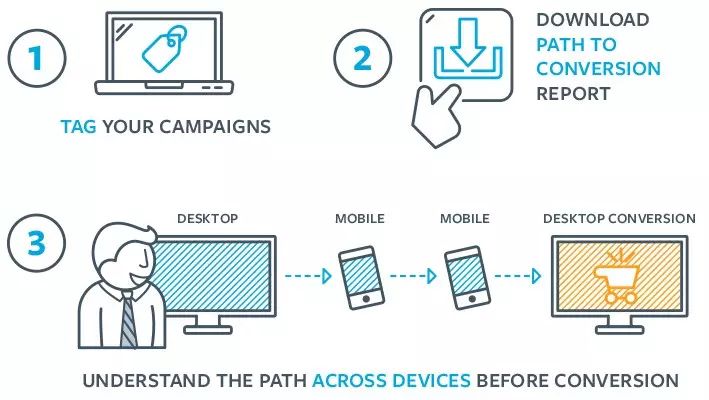
The second tool is called Path to Conversion, a cross-screen conversion rate monitoring tool. Facebook uses an account system instead of cookies to achieve synchronized detection across different platforms, clarifying the true conversion path of consumers and helping advertisers optimize their budget allocation.
3、 Video Ad Serving
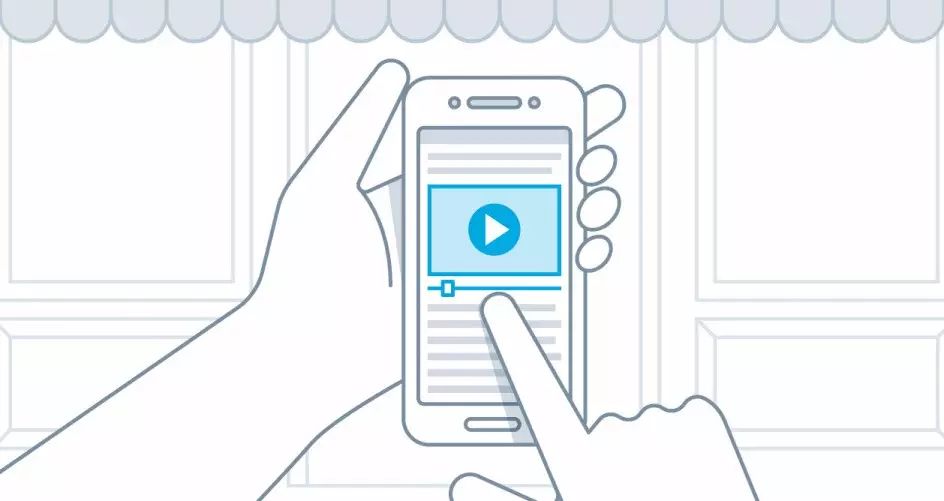
The third tool is naturally aimed at video ad services, called Video Ad Serving, which is a toolkit for video advertising. Advertisers can programmatically deliver video ads to audiences on the Atlas platform. This service will officially launch at the end of March.
